05 March 2024: Database Analysis
Bibliometric Analysis of Brain Stimulation Technologies in Sleep Disorders
Chao Shen1BCDEF, Zhao-Di WangDOI: 10.12659/MSM.942687
Med Sci Monit 2024; 30:e942687
Abstract
BACKGROUND: Sleep disorders are a common disease faced by people today and can lead to fatigue, lack of concentration, impaired memory, and even death. In recent years, the development of brain stimulation techniques has provided a new perspective for the treatment of sleep disorders. However, there is a lack of bibliometric analyses related to sleep disorders and brain stimulation techniques. Therefore, this study analyzed the application status and trend of brain stimulation technology in sleep disorder research.
MATERIAL AND METHODS: Articles and reviews published between 1999 and 2023 were retrieved from the Web of Science. CiteSpace was used to visually analyze the publications, countries, institutions, journals, authors, references, and keywords.
RESULTS: A total of 459 publications were obtained. The number of studies was shown to be on a general upward trend. The country with the largest number of publications was the United States; UDICE-French Research Universities had the highest number of publications; Neurology had the highest citation frequency; 90% of the top 10 references cited were from Journal Citation Reports Q1; Brigo was the author with the highest number of publications; and the most frequent keywords were “transcranial magnetic stimulation”, “deep brain stimulation”, and “Parkinson disease”.
CONCLUSIONS: Our study used CiteSpace software to analyze 459 studies published since 1999 on brain stimulation techniques for the treatment of sleep disorders, revealing research trends and the current state of the field. Our results will help researchers to understand the existing research quickly and provide direction for future research.
Keywords: Bibliometrics, Data Visualization, Electric Stimulation Therapy, Sleep Wake Disorders
Background
Sleep disorders are defined as conditions that interfere with a person’s sleep and prevent them from getting restful sleep [1]. According to the International Classification of Sleep Disorders, sleep disorders include insomnia, sleep-related breathing disorders, central hypersomnolence disorders, circadian rhythm sleep-wake disorders, parasomnias, sleep-related movement disorders, and other sleep disorders [2]. Sleep is essential for growth, development, metabolism, and regulation of the immune system [3]. Short-term sleep disorders can contribute to tiredness, poor concentration, and memory impairment [4]. Long-term sleep disorders can lead to a range of illnesses and even death [5]. Thus, sleep disorders are a health issue that deserves more attention.
Generally, treatments for sleep disorders are divided into pharmacological and non-pharmacological therapies [6,7]. Medication can cause adverse effects, such as drug dependence, cognitive decline, and decreased respiratory function [8]. Therefore, an increasing number of researchers are investigating the efficacy of non-pharmacological treatments to improve sleep disorders [9,10]. The development of brain stimulation techniques has provided a new perspective for the treatment of sleep disorders. Transcranial direct current stimulation, repetitive transcranial magnetic stimulation (rTMS), and deep brain stimulation (DBS) are common brain stimulation techniques. In addition, transcranial random noise stimulation and transcranial alternating current stimulation are being gradually adopted into the field of sleep disorders.
Currently, brain stimulation technologies have various applications in different causes of sleep disorders. DBS is used to improve sleep quality and nighttime motor symptoms in Parkinson disease [11]. rTMS can be an effective treatment for primary insomnia, restless leg syndrome, obstructive sleep apnea syndrome, and narcolepsy [12]. Transcranial direct current stimulation can improve sleep efficiency, thus improving sleep quality [13]. Transcranial random noise stimulation and transcranial focused ultrasound stimulation are used more often to study sleep disorders caused by other causes [14,15]. Many articles have been published on the therapeutic effects and mechanisms of brain stimulation technology in sleep disorders. They are mostly published in the form of research articles, reviews, and meta-analyses, lacking a systematic and comprehensive evaluation of articles in the entire field. Thus, we considered it necessary to publish an article that visualizes the overall development trends and research hotspots in this field.
Bibliometric analysis uses computer imaging techniques to convert data into intuitive graphics. It can visualize data on countries, institutions, cited journals, authors, references, and keywords to reveal hotspots and trends in specific research areas. At present, there are bibliometric analyses of sleep in the elderly [16], transcranial direct current stimulation [17], and transcranial magnetic stimulation (TMS) in the treatment of pain [18]; however, bibliometric analyses of the application of brain stimulation techniques in sleep disorders has not been found.
In this study, utilizing the Web of Science (WoS) database and CiteSpace software, we used bibliometric methods to investigate the basic situation, research hotspots, and development trends of brain stimulation techniques for sleep disorders, through visualization analysis.
Material and Methods
DATA SOURCES AND RETRIEVAL STRATEGIES:
The data source was the Web of Science Core Collection (WoSCC) database, which is the most suitable database for bibliometric analysis [19]. The search was conducted from the database establishment date to July 19, 2023, with the keywords “sleep disorders” and “brain stimulation technology” (Table 1). The search method was set as an advanced search, and specific details of the search strategy can be found in the tables and figures. A preliminary search yielded 3246 articles.
INCLUSION AND EXCLUSION CRITERIA:
The inclusion criteria were (1) English publications and (2) papers or reviews.
The exclusion criteria were as follows: (1) repeated publications; (2) meeting abstracts, letters, revisions, editorial materials, case studies, or books; (3) publications with incomplete information; and (4) publications unrelated to sleep disorders and brain stimulation techniques.
Two researchers imported the retrieved literature into EndNote X9 file management software. They independently read the titles and abstracts of the publications, excluded irrelevant publications, and cross checked. When there were differences of opinion, a third researcher assisted in judgment. Finally, 459 articles were included (Figure 1).
DATA EXTRACTION:
We selected 459 eligible references as “fully recorded and cited references”, exported them in “plain text file format”, and renamed them to “download_. Txt” to ensure that the CiteSpace (6.2.R4) software could read the records correctly.
DATA ANALYSIS:
The software used for the analysis in this article was CiteSpace (6.2.R4). CiteSpace is a Java application for visualizing and analyzing trends and hotspots of disciplines and fields. It can support various types of bibliometric research, including collaborative network analysis (country/institution/author), co-occurrence analysis (keyword), and co-citation analysis (journal/reference/author) [20]. Citespace uses knowledge graph technology to show historical trends and current research hotspots across disciplines and fields [21].
Visually, the size of the nodes in the graph is positively correlated with the frequency of the analyzed objects [22]. The lines between nodes represent the co-occurrence or referenced relationship between 2 objects [23], and the thickness of the lines represents the strength of the relationship between the objects [24]. The color of the colored rings and lines around the nodes represents the year in which the object or relationship first appeared in the literature [25]. The purple circles around certain nodes represent the between-ness centrality (BC), which is a measure of the importance of nodes in a network [26]. Nodes with BC ≥0.1 (generally considered critical nodes) are marked with a purple ring, and the thickness of the purple ring is proportional to the BC value [24]. The mean silhouette, also known as the contour value, represents the homogeneity of the clustering graph [27]. The closer its value is to 1, the more efficient the clustering [28].
The CiteSpace parameters were set as follows: Time Slice (1999–2023); Year per Slice (1); Term Source (Title/Abstract/Author Keywords/Keywords Plus); Node Type (Author/Institution/Country/Keyword/Reference/Cited Author/Cited Journal); Top N (50); Pruning (Pathfinder/Pruning sliced networks); Visualization (Cluster View-Static/Show Merged Network).
Results
ANNUAL QUANTITATIVE DISTRIBUTION OF PUBLICATIONS:
The number of papers published per year reflects the speed and trend of development in the field of research. As shown in Figure 2, the number of studies on brain stimulation techniques for sleep disorders fluctuated between 1999 and 2023, but it has been on a general upward trend. There was a significant decrease from 2006 to 2008 and from 2013 to 2014. However, there was a rapid growth trend from 2012 to 2013 and from 2019 to 2022 (Figure 2).
COUNTRIES:
Researchers from 48 countries published articles related to the application of brain stimulation techniques in sleep disorders in the included articles. Among them, the top 5 countries for the number of publications were the United States (138), China (114), Italy (87), Germany (49), and England (41) (Table 2). It is noted that the United States had the highest total number of publications and the highest centrality (BC=0.53), far exceeding England (BC=0.23). Although France, Spain, Switzerland, Brazil, and Canada were not in the top 5 in terms of publication volume, their BC values were high (Figure 3).
INSTITUTIONS:
In the included articles, a total of 295 institutions participated in the study of brain stimulation techniques for sleep disorders. As shown in Table 3, the institution with the highest number of publications was UDICE-French Research Universities (23). Four of the top 7 institutions were French. In terms of centrality, Harvard University (BC=0.20) was first. Capital Medical University (BC=0.13) was second, along with Institute National de la Sante et de la Recherche Medical (BC=0.13). They were in a leading position in collaboration (Figure 4).
JOURNALS:
As shown in Table 4, among the top 10 journals ranked by common citation frequency, Neurology had the highest citation frequency (257), with most of the journals coming from the United States and England. The impact factor of the 8 journals exceeded 5 points, and all journals were included in the Journal Citation Reports Q1. However, the BC values of the top 10 journals were all below 0.1, except for Clin Neurophysiol (BC=0.11) (Figure 5).
REFERENCES:
Reference co-citation analysis was a significant approach to exploring the research frontiers and key points in this field. We set the k value to 6 through the g indicator parameter of CiteSpace software. As shown in Table 5, 90% of the top 10 articles were from Journal Citation Reports Q1, and the top-ranked literature had an impact factor of 4.7 points. Half of the top 10 articles focused on the use of rTMS in patients with sleep disorders. Reviews and clinical trials each accounted for 5 of the top 10 articles.
COLLABORATIVE NETWORK ANALYSIS: Among the included articles, a total of 298 authors participated in the study of brain stimulation techniques in sleep disorders. As shown in Table 6, the top 3 authors in terms of publication volume were Brigo (9), Ashkan (8), and Nardone (8). Meanwhile, the top 7 authors were all from Europe. In terms of centrality, the above authors were all below 0.1.
CO-CITATION ANALYSIS: When the articles of 2 authors are simultaneously cited by the articles of a third author, there is a common citation relationship between these 2 authors. Table 7 shows the top 10 authors in terms of co-citation frequency, among which Buysse ranked first for 66 citations. Notably, Nardone was in the top 10 in both the co-citation analysis and the collaborative network analysis. In terms of centrality, Chaudhuri (BC=0.21) and Arnulf (BC=0.16) were relatively leading (Figure 6).
KEYWORD CO-OCCURRENCE ANALYSIS: A total of 343 keywords appeared in the included articles. As shown in Table 8, among the top 10 keywords with the highest co-occurrence frequency, “transcranial magnetic stimulation” (116) and “deep brain stimulation” (112) appeared more than 100 times. Key nodes for keyword co-occurrence analysis (BC ≥0.1) included “transcranial magnetic stimulation”, “Parkinson disease”, “depression”, and “double blind” (Figure 7).
KEYWORD CLUSTERING ANALYSIS: Cluster keywords using the log-likelihood rate algorithm model draw a timeline graph and export the clustering data. It is evident from the visual time-zone mapping (Figure 8) that 8 keyword clusters were present. The top 3 research fields in the cluster were “Parkinson disease” (47), “sleep deprivation” (32), and “transcranial magnetic stimulation” (30) (Table 9).
KEYWORD BURST ANALYSIS: Keyword burst analysis indicates a sudden increase in the frequency of the keyword within a certain period of time. The red area indicates the duration of the keyword after its sudden appearance. Saliency analysis obtained 25 keywords. Figure 9 shows that symbols (6.81), cortical index (5.86), human motor core (5.62), and validation (5.07) had high saliency. For human motor cortex, the outbreak period was up to 10 years. Until July 19, 2023, keywords that were still in the explosive period included “direct current simulation”, “dorsolatel prefrontal core”, “validation”, “efficiency”, and “non-invasive brain simulation”.
Discussion
STUDY STRENGTHS AND LIMITATIONS:
This study is the first to use bibliometric analysis to summarize and analyze the development trends and research hotspots of brain stimulation techniques for sleep disorders. However, there are several limitations to this study. First, due to the limitations of CiteSpace software and databases, this study analyzed only the WoSCC database. Although the majority of the literature is included in the WoSCC database, it is possible that the literature included in our study is not exhaustive. Second, this study was limited to English-language publications, which may have overlooked publications in other languages.
Conclusions
We used CiteSpace software to analyze 459 studies published from January 1, 1999, to July 19, 2023, on brain stimulation techniques for the treatment of sleep disorders, revealing research trends and the current state of the field. In recent years, studies about the relationship between brain stimulation techniques and sleep disorders have continued to grow, in which Parkinson disease, TMS, and DBS have become hot topics in the field. Currently, researchers are investigating the therapeutic effects of the dorsolateral prefrontal cortex, direct current stimulation, and noninvasive brain stimulation on sleep disorders. In the future, extensive research is required on the mechanisms and effectiveness of brain stimulation techniques to present quality and valid medical evidence for patients experiencing sleep disorders.
Figures
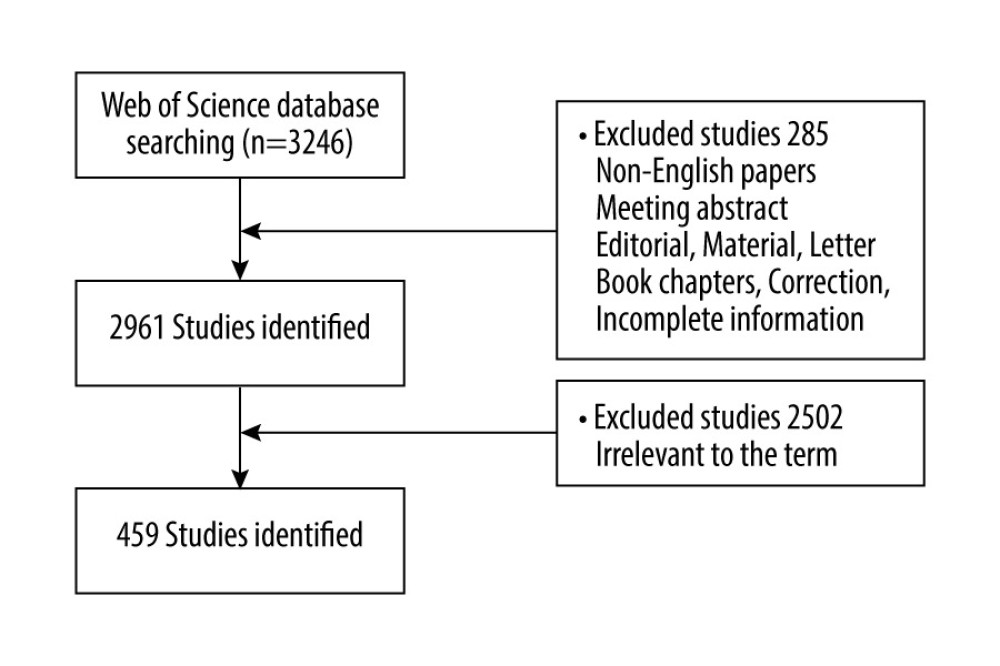 Figure 1. Database search flow chart. (Software: WPS Office 2023, Kingsoft, China).
Figure 1. Database search flow chart. (Software: WPS Office 2023, Kingsoft, China). 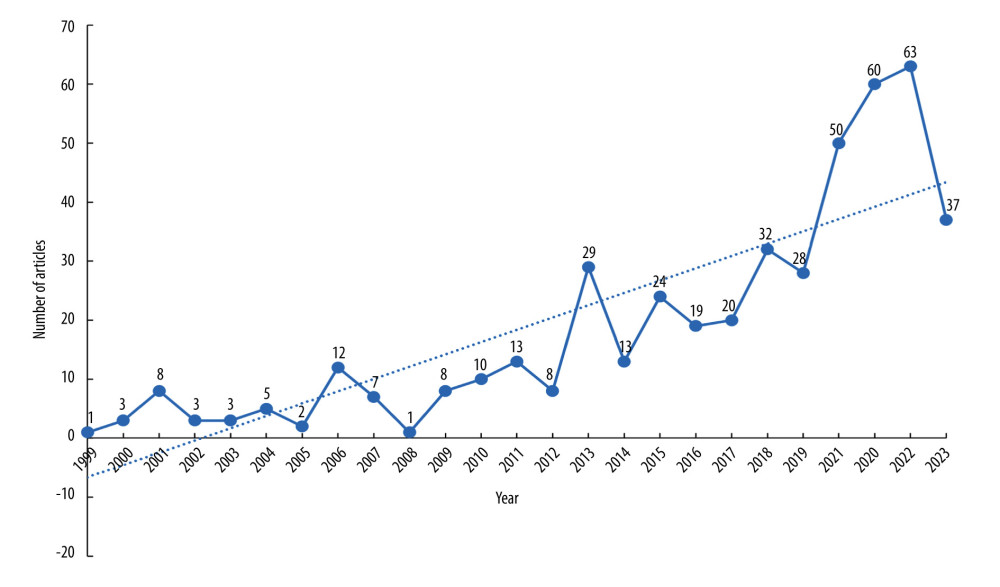 Figure 2. Annual number of publications. Microsoft Excel 2021 software was used for graphing the annual circulation of publications. (Software: Microsoft Excel 2021, Microsoft, USA).
Figure 2. Annual number of publications. Microsoft Excel 2021 software was used for graphing the annual circulation of publications. (Software: Microsoft Excel 2021, Microsoft, USA). 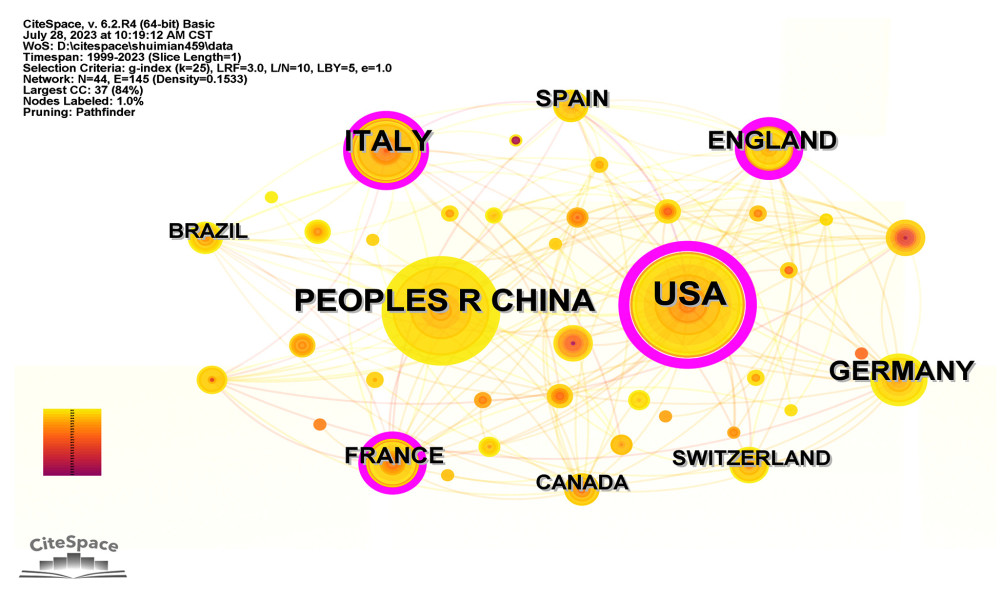 Figure 3. Country collaborative network analysis. Time slicing: January 1999 to December 2023; slice length: 1 year; node types: country, g-index(K=25); pruning: pathfinder, N=4, E=145. (Software: CiteSpace 6.2.R4, Drexel University, Philadelphia, PA, USA).
Figure 3. Country collaborative network analysis. Time slicing: January 1999 to December 2023; slice length: 1 year; node types: country, g-index(K=25); pruning: pathfinder, N=4, E=145. (Software: CiteSpace 6.2.R4, Drexel University, Philadelphia, PA, USA). 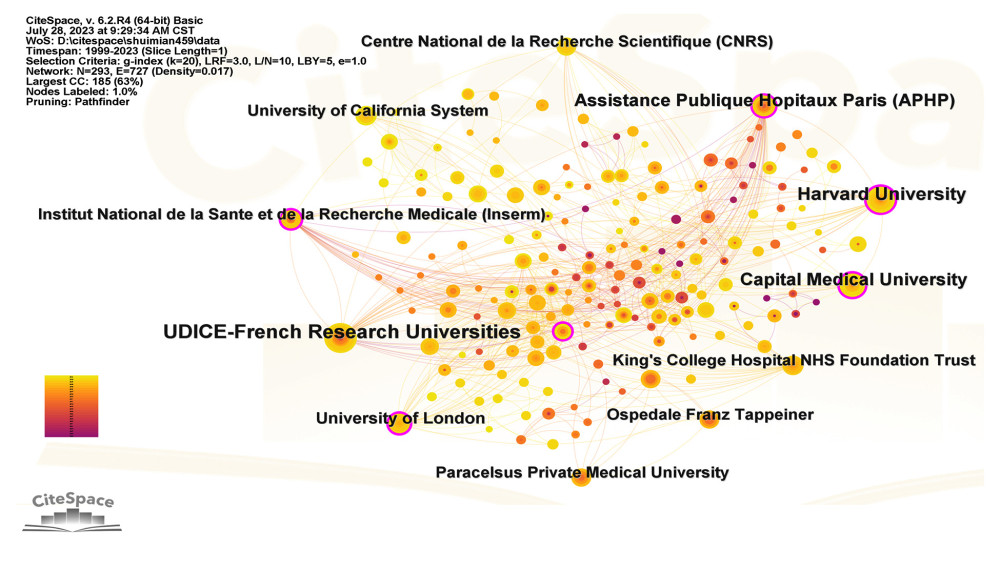 Figure 4. Institution collaborative network analysis. Time slicing: January 1999 to December 2023; slice length: 1 year; node types: institution; g-index(K=20); pruning: pathfinder, N=293, E=727. (Software: CiteSpace 6.2.R4, Drexel University, Philadelphia, PA, USA).
Figure 4. Institution collaborative network analysis. Time slicing: January 1999 to December 2023; slice length: 1 year; node types: institution; g-index(K=20); pruning: pathfinder, N=293, E=727. (Software: CiteSpace 6.2.R4, Drexel University, Philadelphia, PA, USA). 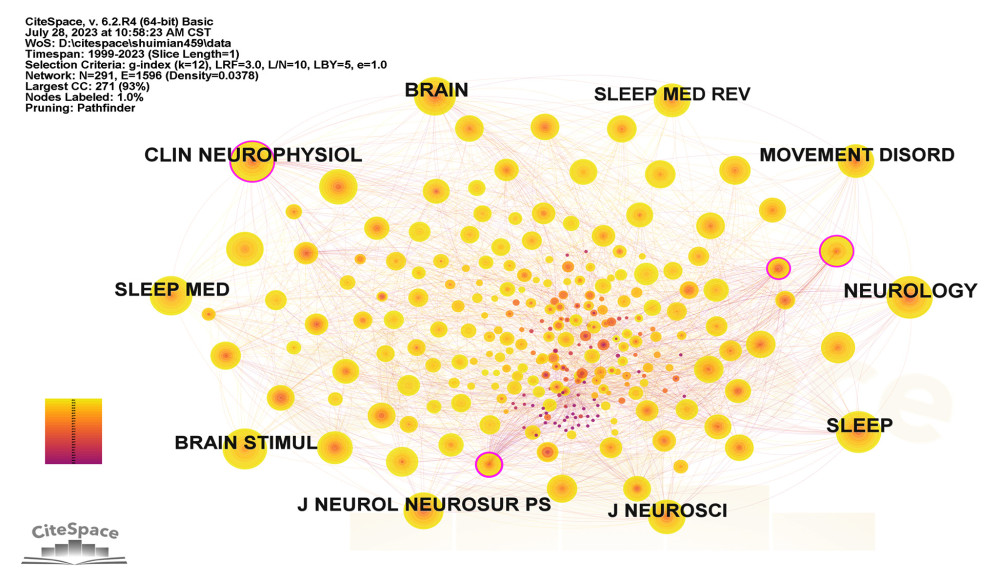 Figure 5. Journals ranked by co-cited frequency. Time slicing: January 1999 to December 2023; slice length: 1 year; node types: cited journal; g-index(K=12); pruning: pathfinder; N=291, E=1596. (Software: CiteSpace 6.2.R4, Drexel University, Philadelphia, PA, USA).
Figure 5. Journals ranked by co-cited frequency. Time slicing: January 1999 to December 2023; slice length: 1 year; node types: cited journal; g-index(K=12); pruning: pathfinder; N=291, E=1596. (Software: CiteSpace 6.2.R4, Drexel University, Philadelphia, PA, USA). 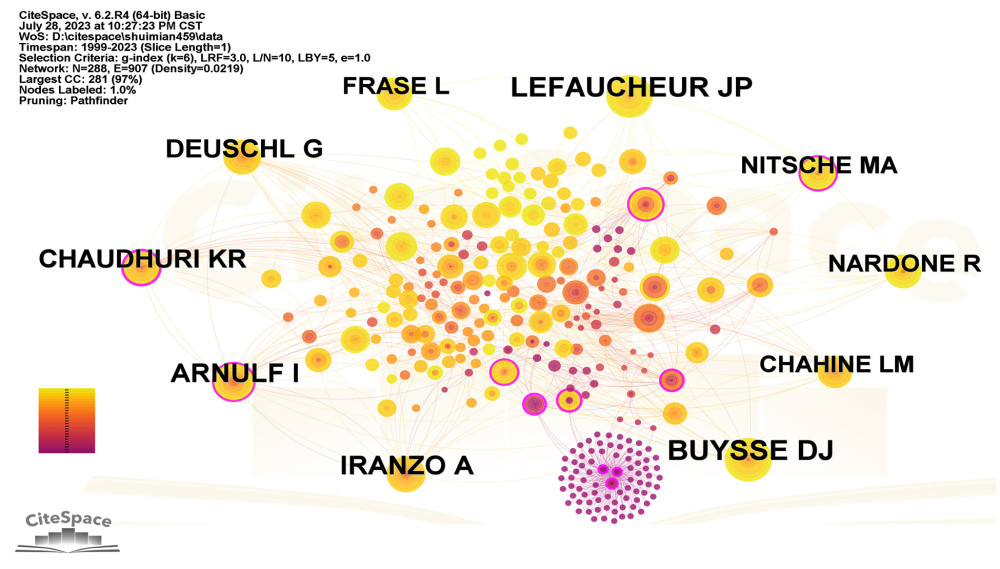 Figure 6. Author co-cited analysis. (Software: CiteSpace 6.2.R4, Drexel University, Philadelphia, PA, USA).
Figure 6. Author co-cited analysis. (Software: CiteSpace 6.2.R4, Drexel University, Philadelphia, PA, USA). 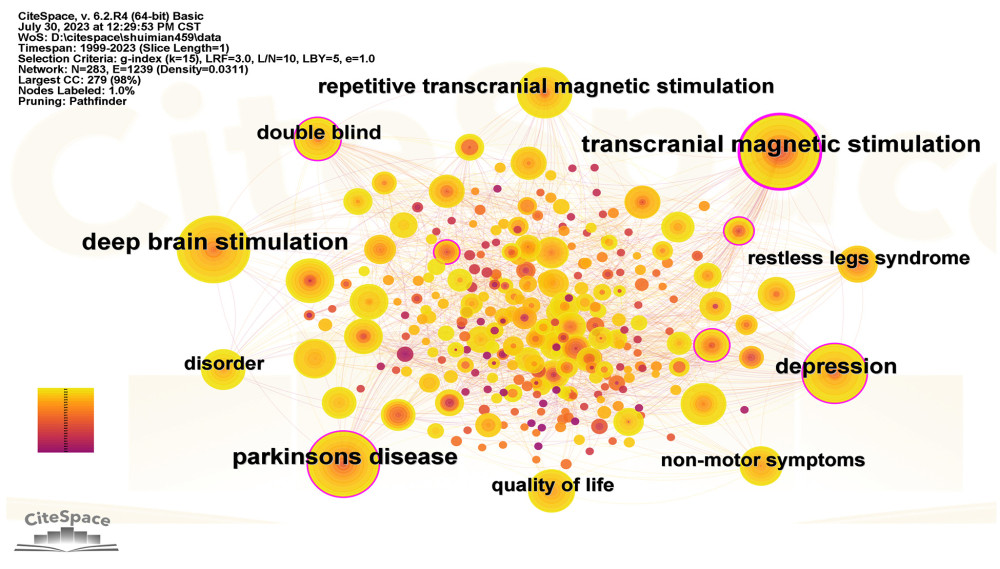 Figure 7. Keyword co-occurrence knowledge map. Keyword co-occurrence analysis. Time slicing: January 1999 to December 2023; slice length: 1 year; node types: keyword; g-index(K=12); pruning: pathfinder; N=283, E=1239. (Software: CiteSpace 6.2.R4 Drexel University, Philadelphia, PA, USA).
Figure 7. Keyword co-occurrence knowledge map. Keyword co-occurrence analysis. Time slicing: January 1999 to December 2023; slice length: 1 year; node types: keyword; g-index(K=12); pruning: pathfinder; N=283, E=1239. (Software: CiteSpace 6.2.R4 Drexel University, Philadelphia, PA, USA). 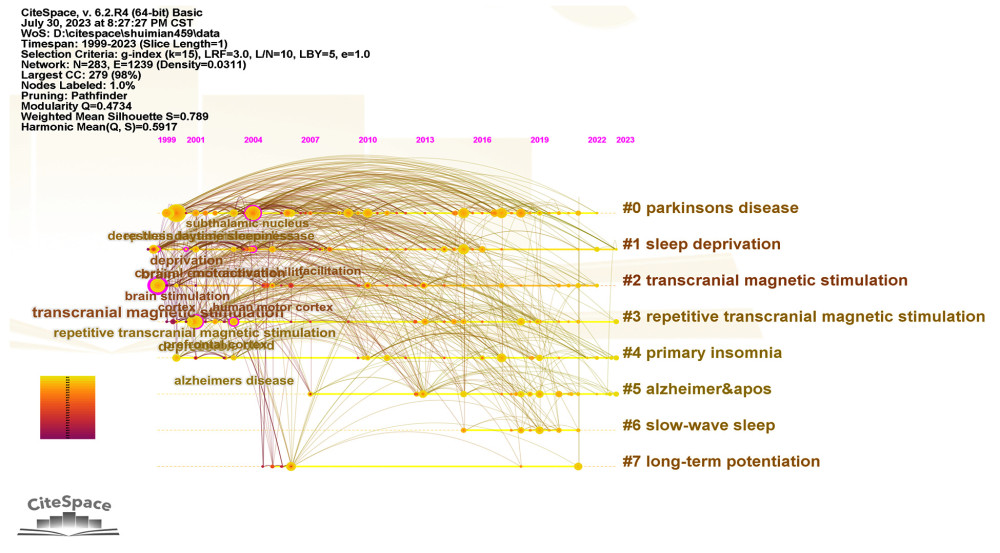 Figure 8. Keyword clustering and visual time-zone mapping. (Software: CiteSpace 6.2.R4, Drexel University, Philadelphia, PA, USA).
Figure 8. Keyword clustering and visual time-zone mapping. (Software: CiteSpace 6.2.R4, Drexel University, Philadelphia, PA, USA). 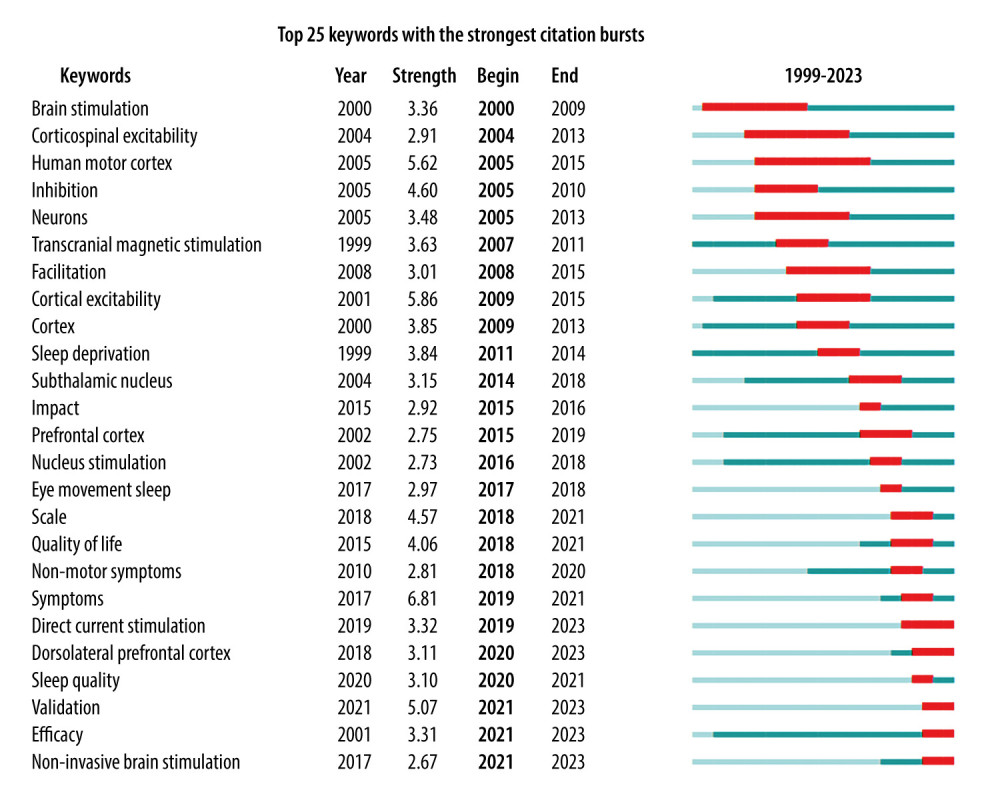 Figure 9. Top 25 keyword bursts. (Software: CiteSpace 6.2.R4, Drexel University, Philadelphia, PA, USA).
Figure 9. Top 25 keyword bursts. (Software: CiteSpace 6.2.R4, Drexel University, Philadelphia, PA, USA). Tables
Table 1. Search strategy from Web of Science core collection.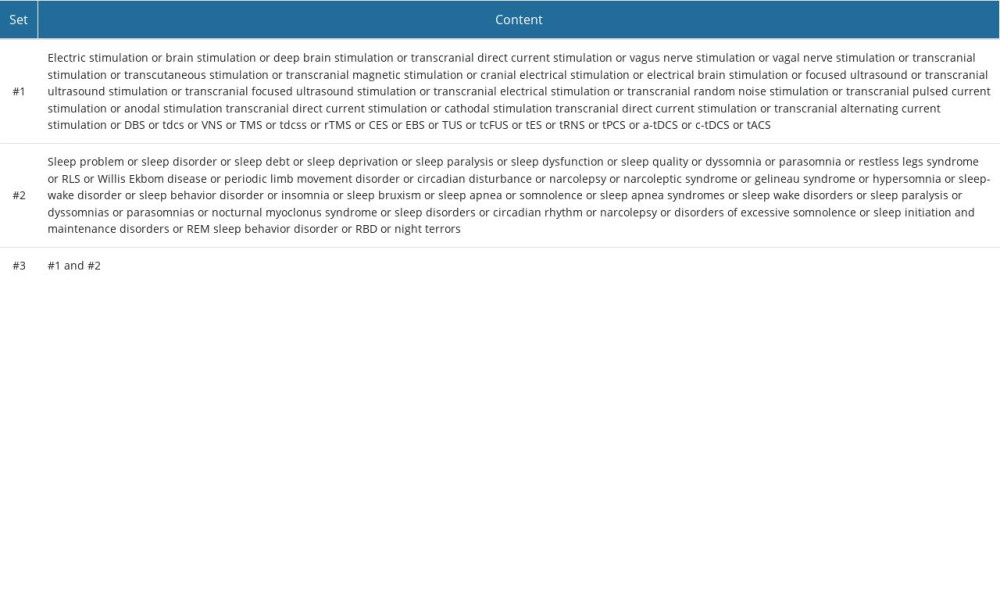 Table 2. Top 10 countries by publications. The ranking was based on the number of publications. The data were derived from analysis using CiteSpace 6.2.R4, of the 459 publications retrieved on July 19, 2023.
Table 2. Top 10 countries by publications. The ranking was based on the number of publications. The data were derived from analysis using CiteSpace 6.2.R4, of the 459 publications retrieved on July 19, 2023.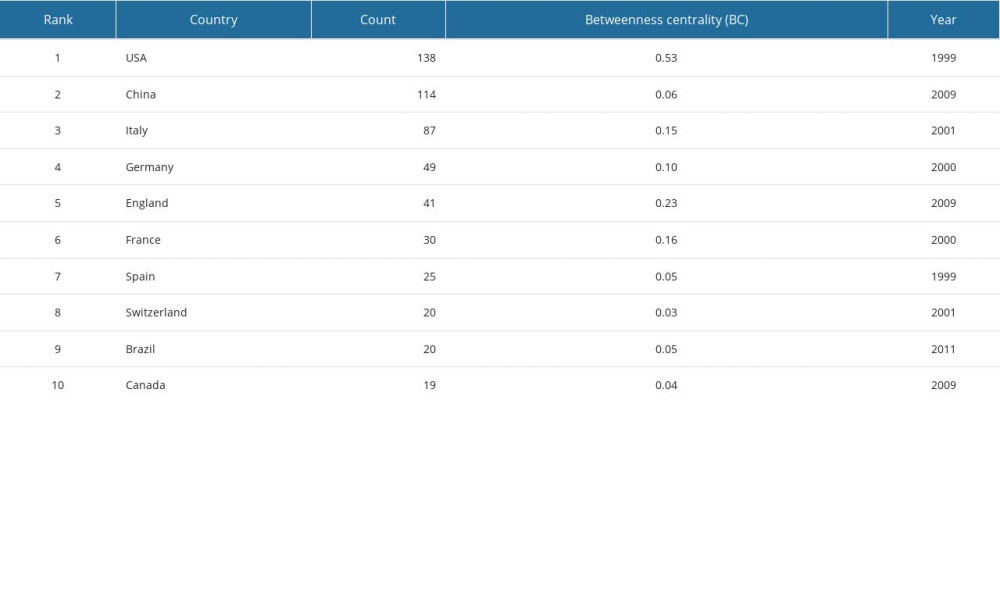 Table 3. Top 7 institutions by publications. The ranking was based on the number of publications. The data were derived from analysis using CiteSpace 6.2.R4, of the 459 publications retrieved on July 19, 2023.
Table 3. Top 7 institutions by publications. The ranking was based on the number of publications. The data were derived from analysis using CiteSpace 6.2.R4, of the 459 publications retrieved on July 19, 2023.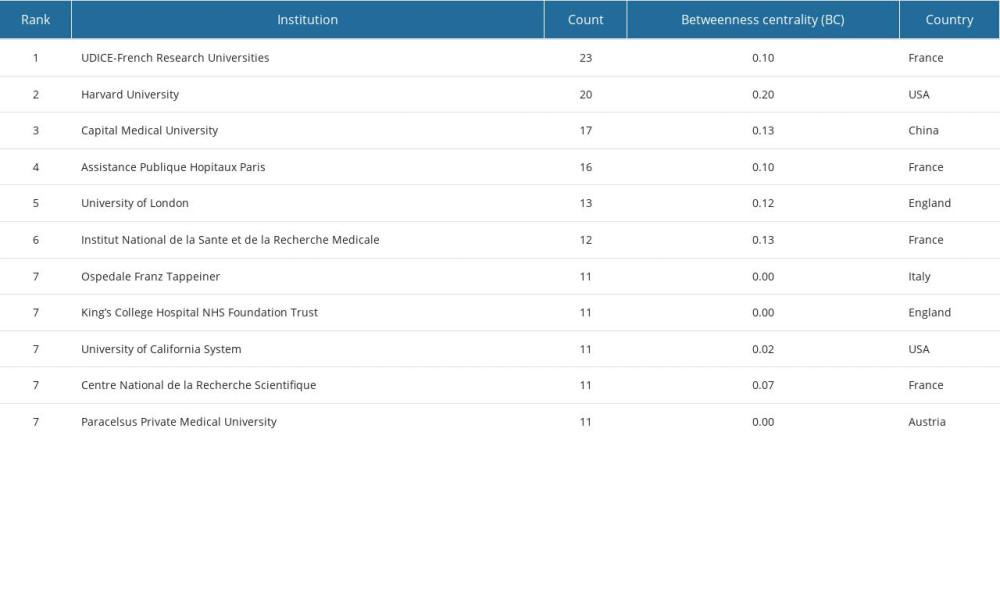 Table 4. Top 10 journals ranked by co-cited frequency. The data were derived from analysis using CiteSpace 6.2.R4, of the 459 publications retrieved on July 19, 2023.
Table 4. Top 10 journals ranked by co-cited frequency. The data were derived from analysis using CiteSpace 6.2.R4, of the 459 publications retrieved on July 19, 2023. Table 5. Top 10 references ranked by co-cited frequency. The data were derived from analysis using CiteSpace 6.2.R4, of the 459 publications retrieved on July 19, 2023.
Table 5. Top 10 references ranked by co-cited frequency. The data were derived from analysis using CiteSpace 6.2.R4, of the 459 publications retrieved on July 19, 2023. Table 6. Top 7 authors by publications. The ranking was based on the number of publications published by the authors. The data were derived from analysis using CiteSpace 6.2.R4, of the 459 publications retrieved on July 19, 2023.
Table 6. Top 7 authors by publications. The ranking was based on the number of publications published by the authors. The data were derived from analysis using CiteSpace 6.2.R4, of the 459 publications retrieved on July 19, 2023.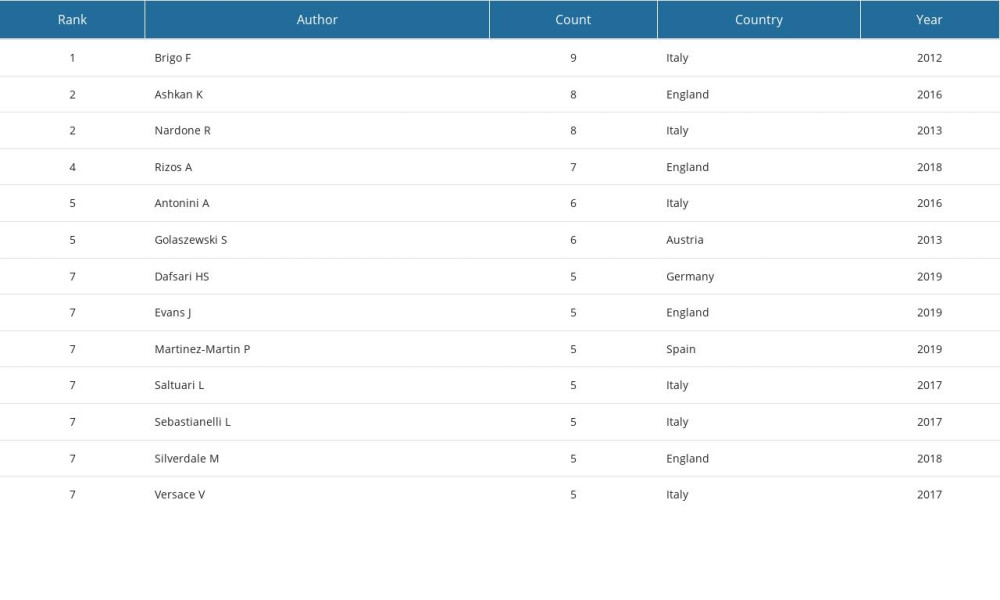 Table 7. Top 10 authors ranked by co-cited frequency. The data were derived from analysis using CiteSpace 6.2.R4, of the 459 publications retrieved on July 19, 2023.
Table 7. Top 10 authors ranked by co-cited frequency. The data were derived from analysis using CiteSpace 6.2.R4, of the 459 publications retrieved on July 19, 2023.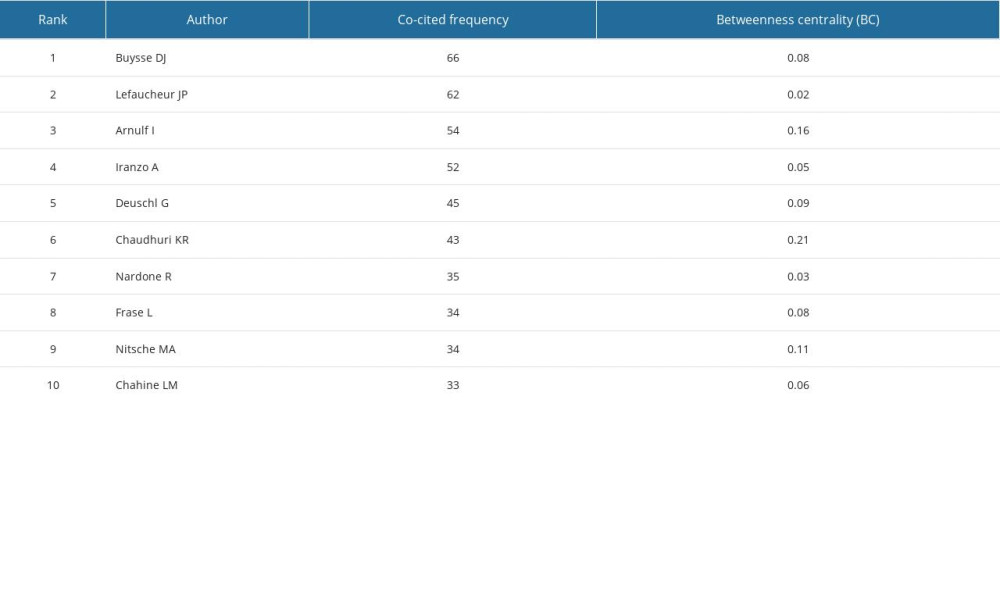 Table 8. Top 10 keywords co-occurrence frequency. The data were derived from analysis using CiteSpace 6.2.R4, of the 459 publications retrieved on July 19, 2023.
Table 8. Top 10 keywords co-occurrence frequency. The data were derived from analysis using CiteSpace 6.2.R4, of the 459 publications retrieved on July 19, 2023. Table 9. List of keyword clusters. The data were derived from analysis using CiteSpace 6.2.R4, of the 459 publications retrieved on July 19, 2023.
Table 9. List of keyword clusters. The data were derived from analysis using CiteSpace 6.2.R4, of the 459 publications retrieved on July 19, 2023.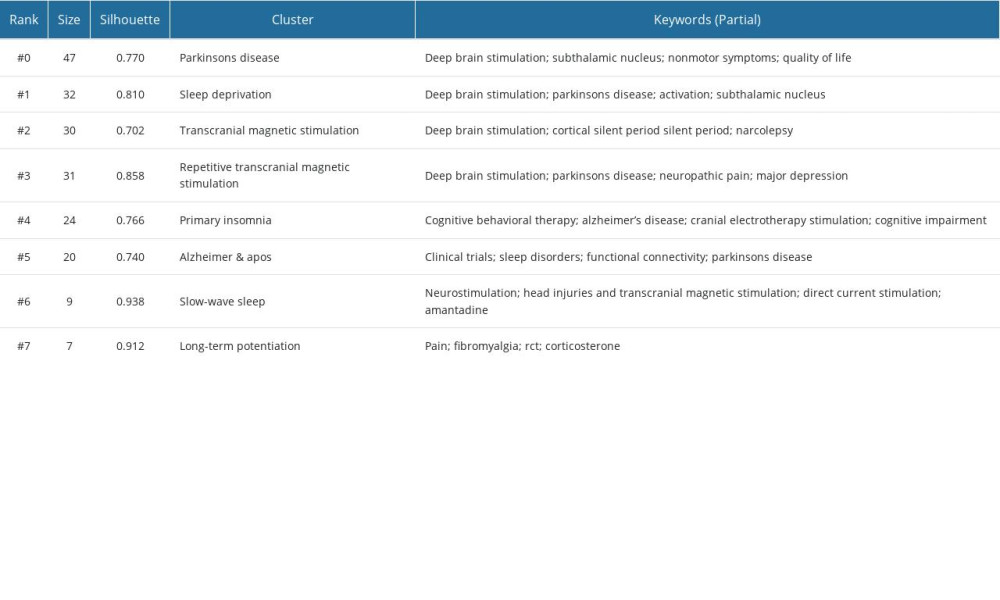
References
1. Hombali A, Seow E, Yuan Q, Prevalence and correlates of sleep disorder symptoms in psychiatric disorders: Psychiatry Res, 2019; 279; 116-22
2. Sateia MJ, International classification of sleep disorders-third edition: highlights and modifications: Chest, 2014; 146(5); 1387-194
3. Pavlova MK, Latreille V, Sleep disorders: Am J Med, 2019; 132(3); 292-99
4. Itani O, Jike M, Watanabe N, Kaneita Y, Short sleep duration and health outcomes: A systematic review, meta-analysis, and meta-regression: Sleep Med, 2017; 32; 246-56
5. Cao Z, Dintica C, Shang Y, The role of cognitive impairment, physical disability, and chronic conditions in the association of sleep duration with all-cause mortality among very old adults: J Am Med Dir Assoc, 2020; 21(10); 1458-63e2
6. Ha B, Kim J, So WY, Kim S, Effects of nonpharmacological interventions on sleep quality and insomnia in perimenopausal and postmenopausal women: A meta-analysis: Healthcare (Basel), 2023; 11(3); 327
7. Sateia MJ, Buysse DJ, Krystal AD, Clinical practice guideline for the pharmacologic treatment of chronic insomnia in adults: An American Academy of Sleep Medicine clinical practice guideline: J Clin Sleep Med, 2017; 13(2); 307-49
8. Schroeck JL, Ford J, Conway EL, Review of safety and efficacy of sleep medicines in older adults: Clin Ther, 2016; 38(11); 2340-72
9. Patel D, Steinberg J, Patel P, Insomnia in the elderly: A review: J Clin Sleep Med, 2018; 14(6); 1017-24
10. Hu RF, Jiang XY, Chen J, Non-pharmacological interventions for sleep promotion in the intensive care unit: Cochrane Database Syst Rev, 2015; 2015(10); CD008808
11. Zuzuárregui JRP, Ostrem JL, The impact of deep brain stimulation on sleep in Parkinson’s disease: An update: J Parkinsons Dis, 2020; 10(2); 393-404
12. Nardone R, Sebastianelli L, Versace V, Effects of repetitive transcranial magnetic stimulation in subjects with sleep disorders: Sleep Med, 2020; 71; 113-21
13. Zhou Q, Yu C, Yu H, The effects of repeated transcranial direct current stimulation on sleep quality and depression symptoms in patients with major depression and insomnia: Sleep Med, 2020; 70; 17-26
14. Dakwar-Kawar O, Mairon N, Hochman S, Transcranial random noise stimulation combined with cognitive training for treating ADHD: A randomized, sham-controlled clinical trial: Transl Psychiatry, 2023; 13(1); 271 [Erratum in: Transl Psychiatry. 2023;13(1):288]
15. Nicodemus NE, Becerra S, Kuhn TP, Focused transcranial ultrasound for treatment of neurodegenerative dementia: Alzheimers Dement (N Y), 2019; 5; 374-81
16. Liu H, Liu F, Ji H, Dai Z, Han W, A bibliometric analysis of sleep in older adults: Front Public Health, 2023; 11; 1055782
17. Sun W, Song J, Dong X, Bibliometric and visual analysis of transcranial direct current stimulation in the web of science database from 2000 to 2022 via CiteSpace: Front Hum Neurosci, 2022; 16; 1049572
18. Li C, Sun M, Tian S, Research hotspots and effectiveness of transcranial magnetic stimulation in pain: A bibliometric analysis: Front Hum Neurosci, 2022; 16; 887246
19. Wang Y, Xie M, Zhang M, Publication trends of research on polypoidal choroidal vasculopathy during 2001–2020: A 20-year bibliometric study: Front Med (Lausanne), 2022; 8; 785126
20. Sabe M, Pillinger T, Kaiser S, Half a century of research on antipsychotics and schizophrenia: A scientometric study of hotspots, nodes, bursts, and trends: Neurosci Biobehav Rev, 2022; 136; 104608
21. Chen CM, CiteSpace II: Detecting and visualizing emerging trends and transient patterns in scientific literature: J Am Soc Inf Sci Technol, 2006; 57(3); 359-77
22. Chen YH, Yin MQ, Fan LH: Heliyon, 2023; 9(1); e12770
23. Kong H, Li M, Deng CM, A comprehensive overview of clinical research on dexmedetomidine in the past 2 decades: A bibliometric analysis: Front Pharmacol, 2023; 14; 1043956
24. Song L, Liang J, Wang W, Global trends in research of mitochondrial biogenesis over past 20 years: A bibliometric analysis: Oxid Med Cell Longev, 2023; 2023; 7291284
25. Deng P, Shi H, Pan X, Worldwide research trends on diabetic foot ulcers (2004–2020): Suggestions for researchers: J Diabetes Res, 2022; 2022; 7991031
26. Wu H, Cheng K, Tong L, Knowledge structure and emerging trends on osteonecrosis of the femoral head: A bibliometric and visualized study: J Orthop Surg Res, 2022; 17(1); 194
27. Chen Y, Li Y, Guo L, Bibliometric analysis of the inflammasome and pyroptosis in brain: Front Pharmacol, 2021; 11; 626502
28. Li M, Gui S, Huang Q, Shi L, Density center-based fast clustering of widefield fluorescence imaging of cortical mesoscale functional connectivity and relation to structural connectivity: Neurophotonics, 2019; 6(4); 045014
29. Xia Y, Sun R, Li R, Research trends of moxibustion therapy for pain treatment over the past decade: A bibliometric analysis: J Pain Res, 2022; 15; 2465-79
30. Wang C, Guan D, Li Z, Emerging trends and frontier research on recurrent implantation failure: A bibliometric analysis: Ann Transl Med, 2022; 10(6); 307
31. Yang J, Wu J, Han T, Global research hotspots and frontiers of myasthenia gravis from 2002 to 2021: A bibliometric study: Medicine (Baltimore), 2023; 102(24); e34002
32. Gao M, Zhang H, Gao Z, Global hotspots and prospects of perimenopausal depression: A bibliometric analysis via CiteSpace: Front Psychiatry, 2022; 13; 968629
33. Maggi G, Vitale C, Cerciello F, Santangelo G, Sleep and wakefulness disturbances in Parkinson’s disease: A meta-analysis on prevalence and clinical aspects of REM sleep behavior disorder, excessive daytime sleepiness and insomnia: Sleep Med Rev, 2023; 68; 101759
34. Cubo E, Gallego-Nieto C, Elizari-Roncal M, Is restless legs syndrome associated with an increased risk of mortality? A meta-analysis of cohort studies: Tremor Other Hyperkinet Mov (N Y), 2019; 9; v0.650
35. Song J, Pineal gland dysfunction in Alzheimer’s disease: Relationship with the immune-pineal axis, sleep disturbance, and neurogenesis: Mol Neurodegener, 2019; 14(1); 28
36. Zou S, Lan YL, Hu YP, Update on the clinical application of deep brain stimulation in sleep dysfunction of Parkinson’s disease: Acta Neurol Belg, 2018; 118(3); 351-59
37. Lin YC, Feng Y, Zhan SQ, Repetitive transcranial magnetic stimulation for the treatment of restless legs syndrome: Chin Med J (Engl), 2015; 128(13); 1728-31
38. Lanza G, Fisicaro F, Cantone M, Repetitive transcranial magnetic stimulation in primary sleep disorders: Sleep Med Rev, 2023; 67; 101735
39. Sun YJ, Yuan JM, Yang ZM, Effectiveness and safety of moxibustion for primary insomnia: A systematic review and meta-analysis: BMC Complement Altern Med, 2016; 16; 217
40. Sabino-Carvalho JL, Vianna LC, Altered cardiorespiratory regulation during exercise in patients with Parkinson’s disease: A challenging non-motor feature: SAGE Open Med, 2020; 8; 2050312120921603
41. Geng C, Yang Z, Kong X, Correlation between vitamin D and poor sleep status in restless legs syndrome: Front Endocrinol (Lausanne), 2022; 13; 994545
42. Winslow BD, Nguyen N, Venta KE, Improved mental acuity forecasting with an individualized quantitative sleep model: Front Neurol, 2017; 8; 160
43. Sung D, Park B, Kim SY, Structural alterations in large-scale brain networks and their relationship with sleep disturbances in the adolescent population: Sci Rep, 2020; 10(1); 3853
44. Iyer KK, Zalesky A, Barlow KM, Cocchi L, Default mode network anatomy and function is linked to pediatric concussion recovery: Ann Clin Transl Neurol, 2019; 6(12); 2544-54
45. Zhou F, Zhu Y, Zhu Y, Altered long- and short-range functional connectivity density associated with poor sleep quality in patients with chronic insomnia disorder: A resting-state fMRI study: Brain Behav, 2020; 10(11); e01844
46. Nofzinger EA, Buysse DJ, Germain A, Functional neuroimaging evidence for hyperarousal in insomnia: Am J Psychiatry, 2004; 161(11); 2126-28
47. Etgen T, Draganski B, Ilg C, Schröder M, Bilateral thalamic gray matter changes in patients with restless legs syndrome: Neuroimage, 2005; 24(4); 1242-47
48. Desseilles M, Dang-Vu T, Schabus M, Neuroimaging insights into the pathophysiology of sleep disorders: Sleep, 2008; 31(6); 777-94
49. Zhu L, Dang G, Wu W, Functional connectivity changes are correlated with sleep improvement in chronic insomnia patients after rTMS treatment: Front Neurosci, 2023; 17; 1135995
50. Wang Y, Cao Q, Wei C, The effect of transcranial electrical stimulation on the recovery of sleep quality after sleep deprivation based on an EEG analysis: Brain Sci, 2023; 13(6); 933
51. Herrero Babiloni A, Bellemare A, Beetz G, The effects of non-invasive brain stimulation on sleep disturbances among different neurological and neuropsychiatric conditions: A systematic review: Sleep Med Rev, 2021; 55; 101381
52. Qiu MH, Chen MC, Wu J, Deep brain stimulation in the globus pallidus externa promotes sleep: Neuroscience, 2016; 322; 115-20
53. Wang HX, Wang L, Zhang WR, Effect of transcranial alternating current stimulation for the treatment of chronic insomnia: A randomized, double-blind, parallel-group, placebo-controlled clinical trial: Psychother Psychosom, 2020; 89(1); 38-47
54. Ayanampudi V, Kumar V, Krishnan A, Personalized transcranial alternating current stimulation improves sleep quality: Initial findings: Front Hum Neurosci, 2023; 16; 1066453
55. Guo Y, Zhao X, Zhang X, Effects on resting-state EEG phase-amplitude coupling in insomnia disorder patients following 1 Hz left dorsolateral prefrontal cortex rTMS: Hum Brain Mapp, 2023; 44(8); 3084-93
56. Li L, Liang T, Jiang T, Gut microbiota: Candidates for a novel strategy for ameliorating sleep disorders: Crit Rev Food Sci Nutr, 2023 [Online ahead of print]
57. Maglione JE, Ancoli-Israel S, Peters KWStudy of Osteoporotic Fractures Research Group, Subjective and objective sleep disturbance and longitudinal risk of depression in a cohort of older women: Sleep, 2014; 37(7); 1179-87
58. Marino C, Andrade B, Campisi SC, Association between disturbed sleep and depression in children and youths: A systematic review and meta-analysis of cohort studies: JAMA Netw Open, 2021; 4(3); e212373
59. Yuan Y, Li J, Jing Z, The role of mental health and physical activity in the association between sleep quality and quality of life among rural elderly in China: A moderated mediation model: J Affect Disord, 2020; 273; 462-67
Figures
 Figure 1. Database search flow chart. (Software: WPS Office 2023, Kingsoft, China).
Figure 1. Database search flow chart. (Software: WPS Office 2023, Kingsoft, China). Figure 2. Annual number of publications. Microsoft Excel 2021 software was used for graphing the annual circulation of publications. (Software: Microsoft Excel 2021, Microsoft, USA).
Figure 2. Annual number of publications. Microsoft Excel 2021 software was used for graphing the annual circulation of publications. (Software: Microsoft Excel 2021, Microsoft, USA). Figure 3. Country collaborative network analysis. Time slicing: January 1999 to December 2023; slice length: 1 year; node types: country, g-index(K=25); pruning: pathfinder, N=4, E=145. (Software: CiteSpace 6.2.R4, Drexel University, Philadelphia, PA, USA).
Figure 3. Country collaborative network analysis. Time slicing: January 1999 to December 2023; slice length: 1 year; node types: country, g-index(K=25); pruning: pathfinder, N=4, E=145. (Software: CiteSpace 6.2.R4, Drexel University, Philadelphia, PA, USA). Figure 4. Institution collaborative network analysis. Time slicing: January 1999 to December 2023; slice length: 1 year; node types: institution; g-index(K=20); pruning: pathfinder, N=293, E=727. (Software: CiteSpace 6.2.R4, Drexel University, Philadelphia, PA, USA).
Figure 4. Institution collaborative network analysis. Time slicing: January 1999 to December 2023; slice length: 1 year; node types: institution; g-index(K=20); pruning: pathfinder, N=293, E=727. (Software: CiteSpace 6.2.R4, Drexel University, Philadelphia, PA, USA). Figure 5. Journals ranked by co-cited frequency. Time slicing: January 1999 to December 2023; slice length: 1 year; node types: cited journal; g-index(K=12); pruning: pathfinder; N=291, E=1596. (Software: CiteSpace 6.2.R4, Drexel University, Philadelphia, PA, USA).
Figure 5. Journals ranked by co-cited frequency. Time slicing: January 1999 to December 2023; slice length: 1 year; node types: cited journal; g-index(K=12); pruning: pathfinder; N=291, E=1596. (Software: CiteSpace 6.2.R4, Drexel University, Philadelphia, PA, USA). Figure 6. Author co-cited analysis. (Software: CiteSpace 6.2.R4, Drexel University, Philadelphia, PA, USA).
Figure 6. Author co-cited analysis. (Software: CiteSpace 6.2.R4, Drexel University, Philadelphia, PA, USA). Figure 7. Keyword co-occurrence knowledge map. Keyword co-occurrence analysis. Time slicing: January 1999 to December 2023; slice length: 1 year; node types: keyword; g-index(K=12); pruning: pathfinder; N=283, E=1239. (Software: CiteSpace 6.2.R4 Drexel University, Philadelphia, PA, USA).
Figure 7. Keyword co-occurrence knowledge map. Keyword co-occurrence analysis. Time slicing: January 1999 to December 2023; slice length: 1 year; node types: keyword; g-index(K=12); pruning: pathfinder; N=283, E=1239. (Software: CiteSpace 6.2.R4 Drexel University, Philadelphia, PA, USA). Figure 8. Keyword clustering and visual time-zone mapping. (Software: CiteSpace 6.2.R4, Drexel University, Philadelphia, PA, USA).
Figure 8. Keyword clustering and visual time-zone mapping. (Software: CiteSpace 6.2.R4, Drexel University, Philadelphia, PA, USA). Figure 9. Top 25 keyword bursts. (Software: CiteSpace 6.2.R4, Drexel University, Philadelphia, PA, USA).
Figure 9. Top 25 keyword bursts. (Software: CiteSpace 6.2.R4, Drexel University, Philadelphia, PA, USA). Tables
 Table 1. Search strategy from Web of Science core collection.
Table 1. Search strategy from Web of Science core collection. Table 2. Top 10 countries by publications. The ranking was based on the number of publications. The data were derived from analysis using CiteSpace 6.2.R4, of the 459 publications retrieved on July 19, 2023.
Table 2. Top 10 countries by publications. The ranking was based on the number of publications. The data were derived from analysis using CiteSpace 6.2.R4, of the 459 publications retrieved on July 19, 2023. Table 3. Top 7 institutions by publications. The ranking was based on the number of publications. The data were derived from analysis using CiteSpace 6.2.R4, of the 459 publications retrieved on July 19, 2023.
Table 3. Top 7 institutions by publications. The ranking was based on the number of publications. The data were derived from analysis using CiteSpace 6.2.R4, of the 459 publications retrieved on July 19, 2023. Table 4. Top 10 journals ranked by co-cited frequency. The data were derived from analysis using CiteSpace 6.2.R4, of the 459 publications retrieved on July 19, 2023.
Table 4. Top 10 journals ranked by co-cited frequency. The data were derived from analysis using CiteSpace 6.2.R4, of the 459 publications retrieved on July 19, 2023. Table 5. Top 10 references ranked by co-cited frequency. The data were derived from analysis using CiteSpace 6.2.R4, of the 459 publications retrieved on July 19, 2023.
Table 5. Top 10 references ranked by co-cited frequency. The data were derived from analysis using CiteSpace 6.2.R4, of the 459 publications retrieved on July 19, 2023. Table 6. Top 7 authors by publications. The ranking was based on the number of publications published by the authors. The data were derived from analysis using CiteSpace 6.2.R4, of the 459 publications retrieved on July 19, 2023.
Table 6. Top 7 authors by publications. The ranking was based on the number of publications published by the authors. The data were derived from analysis using CiteSpace 6.2.R4, of the 459 publications retrieved on July 19, 2023. Table 7. Top 10 authors ranked by co-cited frequency. The data were derived from analysis using CiteSpace 6.2.R4, of the 459 publications retrieved on July 19, 2023.
Table 7. Top 10 authors ranked by co-cited frequency. The data were derived from analysis using CiteSpace 6.2.R4, of the 459 publications retrieved on July 19, 2023. Table 8. Top 10 keywords co-occurrence frequency. The data were derived from analysis using CiteSpace 6.2.R4, of the 459 publications retrieved on July 19, 2023.
Table 8. Top 10 keywords co-occurrence frequency. The data were derived from analysis using CiteSpace 6.2.R4, of the 459 publications retrieved on July 19, 2023. Table 9. List of keyword clusters. The data were derived from analysis using CiteSpace 6.2.R4, of the 459 publications retrieved on July 19, 2023.
Table 9. List of keyword clusters. The data were derived from analysis using CiteSpace 6.2.R4, of the 459 publications retrieved on July 19, 2023. Table 1. Search strategy from Web of Science core collection.
Table 1. Search strategy from Web of Science core collection. Table 2. Top 10 countries by publications. The ranking was based on the number of publications. The data were derived from analysis using CiteSpace 6.2.R4, of the 459 publications retrieved on July 19, 2023.
Table 2. Top 10 countries by publications. The ranking was based on the number of publications. The data were derived from analysis using CiteSpace 6.2.R4, of the 459 publications retrieved on July 19, 2023. Table 3. Top 7 institutions by publications. The ranking was based on the number of publications. The data were derived from analysis using CiteSpace 6.2.R4, of the 459 publications retrieved on July 19, 2023.
Table 3. Top 7 institutions by publications. The ranking was based on the number of publications. The data were derived from analysis using CiteSpace 6.2.R4, of the 459 publications retrieved on July 19, 2023. Table 4. Top 10 journals ranked by co-cited frequency. The data were derived from analysis using CiteSpace 6.2.R4, of the 459 publications retrieved on July 19, 2023.
Table 4. Top 10 journals ranked by co-cited frequency. The data were derived from analysis using CiteSpace 6.2.R4, of the 459 publications retrieved on July 19, 2023. Table 5. Top 10 references ranked by co-cited frequency. The data were derived from analysis using CiteSpace 6.2.R4, of the 459 publications retrieved on July 19, 2023.
Table 5. Top 10 references ranked by co-cited frequency. The data were derived from analysis using CiteSpace 6.2.R4, of the 459 publications retrieved on July 19, 2023. Table 6. Top 7 authors by publications. The ranking was based on the number of publications published by the authors. The data were derived from analysis using CiteSpace 6.2.R4, of the 459 publications retrieved on July 19, 2023.
Table 6. Top 7 authors by publications. The ranking was based on the number of publications published by the authors. The data were derived from analysis using CiteSpace 6.2.R4, of the 459 publications retrieved on July 19, 2023. Table 7. Top 10 authors ranked by co-cited frequency. The data were derived from analysis using CiteSpace 6.2.R4, of the 459 publications retrieved on July 19, 2023.
Table 7. Top 10 authors ranked by co-cited frequency. The data were derived from analysis using CiteSpace 6.2.R4, of the 459 publications retrieved on July 19, 2023. Table 8. Top 10 keywords co-occurrence frequency. The data were derived from analysis using CiteSpace 6.2.R4, of the 459 publications retrieved on July 19, 2023.
Table 8. Top 10 keywords co-occurrence frequency. The data were derived from analysis using CiteSpace 6.2.R4, of the 459 publications retrieved on July 19, 2023. Table 9. List of keyword clusters. The data were derived from analysis using CiteSpace 6.2.R4, of the 459 publications retrieved on July 19, 2023.
Table 9. List of keyword clusters. The data were derived from analysis using CiteSpace 6.2.R4, of the 459 publications retrieved on July 19, 2023. In Press
11 Mar 2024 : Clinical Research
Enhancement of Frozen-Thawed Human Sperm Quality with Zinc as a Cryoprotective AdditiveMed Sci Monit In Press; DOI: 10.12659/MSM.942946
12 Mar 2024 : Database Analysis
Risk Factors of Age-Related Macular Degeneration in a Population-Based Study: Results from SHIP-TREND-1 (St...Med Sci Monit In Press; DOI: 10.12659/MSM.943140
12 Mar 2024 : Clinical Research
Preoperative Blood Transfusion Requirements for Hemorrhoidal Severe Anemia: A Retrospective Study of 128 Pa...Med Sci Monit In Press; DOI: 10.12659/MSM.943126
12 Mar 2024 : Clinical Research
Tissue Inhibitors of Metalloproteinase 1 (TIMP-1) and 3 (TIMP-3) as New Markers of Acute Kidney Injury Afte...Med Sci Monit In Press; DOI: 10.12659/MSM.943500
Most Viewed Current Articles
17 Jan 2024 : Review article
Vaccination Guidelines for Pregnant Women: Addressing COVID-19 and the Omicron VariantDOI :10.12659/MSM.942799
Med Sci Monit 2024; 30:e942799
14 Dec 2022 : Clinical Research
Prevalence and Variability of Allergen-Specific Immunoglobulin E in Patients with Elevated Tryptase LevelsDOI :10.12659/MSM.937990
Med Sci Monit 2022; 28:e937990
16 May 2023 : Clinical Research
Electrophysiological Testing for an Auditory Processing Disorder and Reading Performance in 54 School Stude...DOI :10.12659/MSM.940387
Med Sci Monit 2023; 29:e940387
01 Jan 2022 : Editorial
Editorial: Current Status of Oral Antiviral Drug Treatments for SARS-CoV-2 Infection in Non-Hospitalized Pa...DOI :10.12659/MSM.935952
Med Sci Monit 2022; 28:e935952








